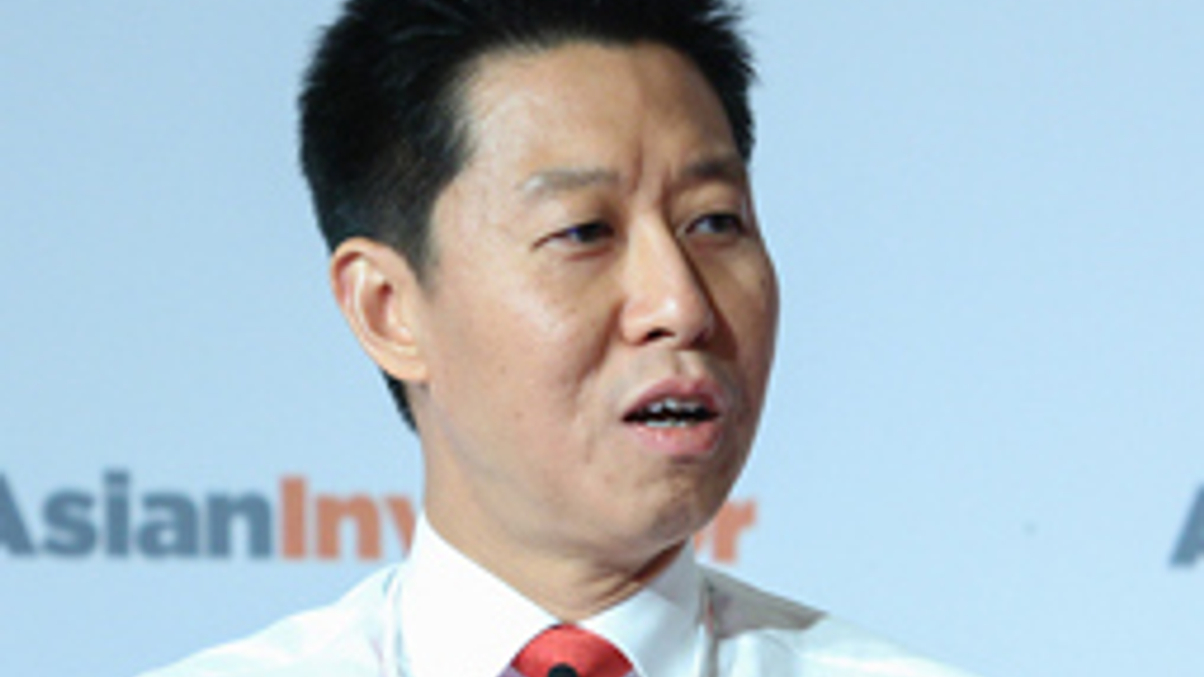Asian asset owners talk allocation issues
Hong Kong’s Hospital Authority Provident Fund, Jardine Matheson’s pension scheme and Timor-Leste’s investment fund discuss their challenges.

A diverse group of institutional investors gave frank assessments of the challenges they face and how they tackle them in a panel at AsianInvestor’s flagship summit in Hong Kong recently.
Sign in to read on!
Registered users get 2 free articles in 30 days.
Subscribers have full unlimited access to AsianInvestor
Not signed up? New users get 2 free articles per month, plus a 7-day unlimited free trial.
¬ Haymarket Media Limited. All rights reserved.


